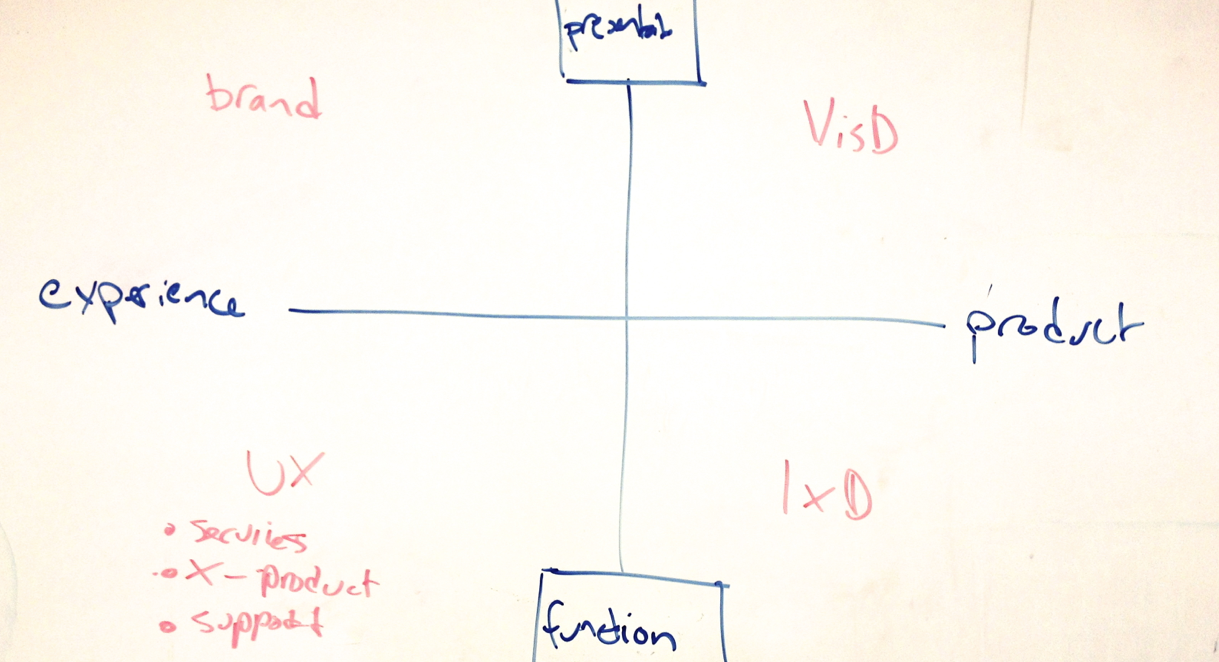In “The Developing Organization“, Bernard Lievegoed acknowledges that there is little agreement on the what distinguishes a system from a model, and proposes one way to think about the differences between systems and models.
He describes systems as simplifications of reality. Systems are defined by setting boundaries (what is in and what is out) and selecting elements (relevant or irrelevant).
Models are constructed by attaching values (good/bad) and behavior (drives/motivations, cause & effect, procedures/process) to chosen factors. A model is a further abstraction of a system. After defining a system a model can be chosen to examine a particular problem.
Systems can describe any aspect of reality, in their limited fashion. It is possible to create any number of models from a system or to use a single model to study various systems.
Lievegoed says that systems analysts are concerned with quantifying and conceptualizing, while model builders are focused on concretizing and analyzing. The concretizing is a search for more specific factors than are found in the system, not a return to the concreteness of reality.
He notes that truth cannot be decided by thinking in models as two different models can explain the system in mutually exclusive or contradictory terms. Models are constructs which help us perform thought-work in about reality which has unmanageable levels of complexity.
*SYSTEM:*
boundaries (what is included, what is not)
elements (what is relevant, what is irrelevant)
*MODEL:*
values (what is good, what is bad)
behavior (what drives, cause/effect, process)

Leave a Reply
You must be logged in to post a comment.